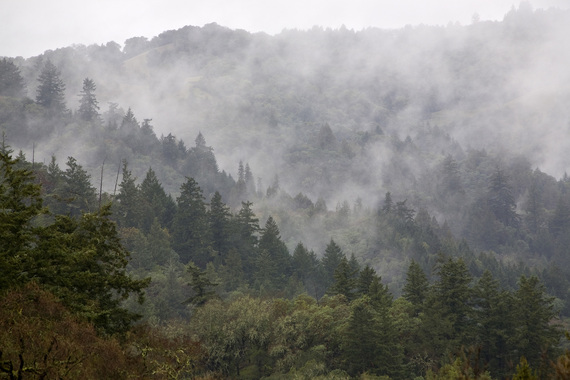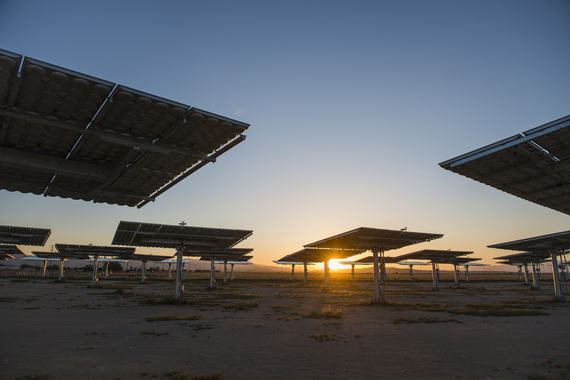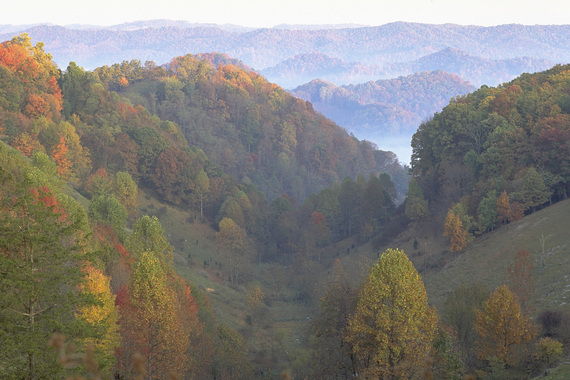 The Garcia River Forest in California is one of the first forests and the largest to be recognized as a verified source of carbon credits in the U.S.
The Garcia River Forest in California is one of the first forests and the largest to be recognized as a verified source of carbon credits in the U.S.
Mark Tercek is the president and CEO of the Nature Conservancy and author of Nature's Fortune. Follow Mark on Twitter @MarkTercek.
Louis Blumberg directs The Nature Conservancy's California Climate Change Program. Follow Louis on Twitter @lblumberg.
It's easy sometimes to get frustrated about climate progress, even after the historic and ambitious Paris agreement in December.
But one key player is making big progress and again showing a smart way forward.
California Gov. Jerry Brown, who we saw constantly swarmed by reporters at the U.N. climate conference in Paris, is helping California lead the way in fighting climate change.
The state is using a market-based approach to reduce emissions at the lowest cost possible -- while protecting forests at a significant scale. And remember, California is not just one more state -- it's the eighth largest economy in the world.
Here's how it works: California's forest carbon offset program recognizes that reforestation, improved forest management and avoided deforestation can all reduce carbon emissions. The program turns these practices into valuable carbon offset credits that can be used in its existing cap-and-trade program.
 Solar panels are an increasingly affordable form of renewable energy that can help reduce carbon emissions. © Dave Lauridsen
Solar panels are an increasingly affordable form of renewable energy that can help reduce carbon emissions. © Dave Lauridsen
Through California's cap-and-trade program, businesses have been offsetting carbon emissions from their plants and factories by purchasing emissions credits from projects that store carbon. The cap-and-trade program is a key piece of the state's commitment to reduce emissions to 1990 levels by 2020.
Forest or sustainable management projects from anywhere in the U.S. can qualify to become offset projects in California's carbon market as long as they meet the stringent requirements. And the program is expected to expand to include international offset projects before 2020, which aligns with the Paris agreement's emphasis on regional and global cooperation.
California is already leading a global push for collaboration by exploring new carbon market partnerships with governments in New York, Brazil, Canada and Mexico.
 The Clinch Valley Conservation Forestry Program is moving to sell carbon offset credits to companies in California. © Jon Golden
The Clinch Valley Conservation Forestry Program is moving to sell carbon offset credits to companies in California. © Jon Golden
Looking ahead, California's neighbors could also join its carbon market, expanding economic opportunities for global climate action.
For example, if Oregon and Washington were to join, we'd be talking about the fifth largest economy in the world - behind Germany and ahead of Great Britain - leveraging market forces to reduce carbon emissions. That's a big deal. That kind of economic power could have a lot of influence in leading the way to a livable planet.
California is often at the forefront of implementing strong environmental regulations, many times going beyond what the federal Environmental Protection Agency requires. We hope other state and country leaders will follow California's example as the world comes together to build off of the momentum of the Paris agreement.
